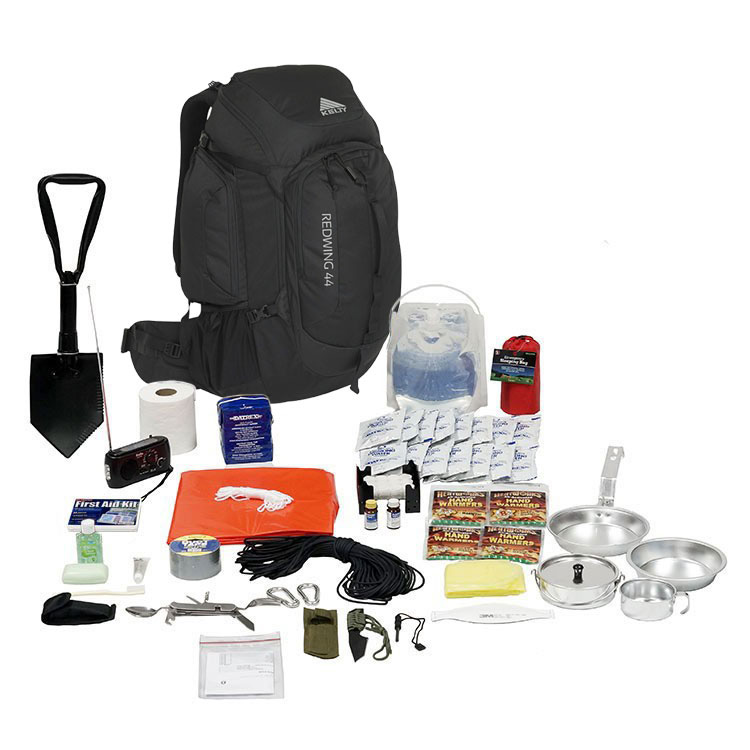Who would have imagined the year would bring such a series of devastating disasters? From wildfires in California to hurricanes impacting The Bahamas and Puerto Rico, the challenges were constant. Coupled with global tensions and uncertainty, it put much of the country on high alert.
During these events, preparedness suppliers, like The Ready Store, were flooded with orders after months of slow demand. It became clear that many people had grown complacent during good times. The critical lesson? The time to prepare is when conditions are stable.
Below are five key lessons we’ve learned about disaster preparedness to ensure you and your family are ready for any emergency.
1. Prepare Now
Preparation doesn’t start when a storm is in the forecast—it starts now. Waiting until disaster strikes can leave you without essential supplies:
- Supplies like freeze-dried food take days to process and pack.
- Inventory at preparedness suppliers is limited, much like grocery stores.
- A rush of orders during emergencies can overwhelm the supply chain, causing delays.
2. Update Emergency Kits and Long-Term Storage
Preparedness is about more than a single kit. You need supplies for both short-term evacuations and long-term survival:
- Emergency kits for quick evacuations.
- Long-term storage for sustained periods without access to food, water, or power.
For example, some residents in Puerto Rico went without essential supplies for weeks, and Texas residents were trapped in their homes, unable to get help.
3. Evaluate Supplies Regularly
Disaster supplies need regular maintenance:
- MREs (Meals Ready-to-Eat) have a shelf life of up to 5 years.
- Freeze-dried food can last between 20–30 years.
Set a yearly reminder to check, restock, and rotate your supplies to ensure they’re fresh and ready to use when needed.
4. Diversify Your Preparedness
Every disaster is different. Floods, hurricanes, and wildfires each present unique challenges. Here’s how to diversify your preparedness:
- Store food and water in multiple locations: upper floors, basements, and vehicles.
- Prepare for evacuations, sheltering in place, or being forced underground (e.g., tornado shelters).
- Customize plans for your region’s most likely disasters.

5. Learn From Other Disasters
Every disaster teaches us something new about survival. For example:
- In wildfires, some survivors used swimming pools as a refuge when evacuation warnings came too late.
- After hurricanes, delays in evacuations left residents stranded. Plan to evacuate early to avoid getting stuck.
Stay informed by watching how others adapt and apply these lessons to your own preparedness strategy.
Final Thoughts
Disasters strike when we least expect them, and preparation is the key to weathering the storm. By taking action today—not tomorrow—you’ll be ready to face any emergency with confidence.
Are you prepared for an emergency? Share your tips or questions in the comments below!












.png)

